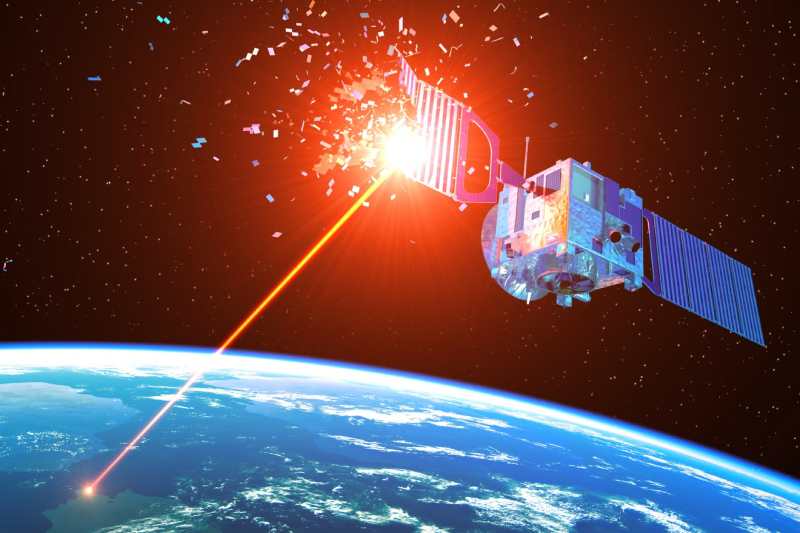
Fusion Startup Wants to Launch Lasers at Space Trash
- Business
- February 26, 2024
In an attempt to remove space debris from orbit, a Japanese startup intends to aim the nuclear fusion lasers it is creating at the sky.
Space trash 101: Due to the fact that space debris may fly up to 18,000 miles per hour, collisions with it have the potential to severely destroy operating spacecraft. Millions of pieces of space junk, or stuff that humanity sent into space but failed to collect, are orbiting Earth.
Larger debris is tracked by NASA, which also uses evasive maneuvers to avoid potential collisions. However, even small debris can cause damage, so as space becomes more crowded, a method for tracking and, ideally, removing smaller space junk will be needed.
Laser power: a new venture from Japan As the name suggests, EX-Fusion is involved in the nuclear fusion industry. In particular, it’s creating a fusion reactor that compresses hydrogen atoms until they fuse using lasers that apply force to objects rather than just heating or cutting them.
In order to determine whether their fusion-focused lasers can be used to remove space rubbish from orbit, the startup is now working with EOS Space Systems, an Australian business that tracks space junk using lasers.
“EX-Fusion’s work in laser-powered nuclear fusion complements our expertise in lasers and presents the potential for innovative solutions to the space debris problem,” said James Bennett, EOS Space Systems’ executive VP.
How It Operates: EOS Space Systems, a ground-based space observatory, will host one of EX-Fusion’s lasers. After that, the businesses will put up a mechanism to track debris less than 10 cm.
Once that’s determined, they will attempt to eliminate space debris by directing EX-Fusion’s laser pulses in the opposite direction of the debris’s motion. The space debris will descend and burn up in Earth’s atmosphere if this can slow it down sufficiently.
Considering the Future: Although the dates for the two businesses’ system tests are unknown, Kazuki Matsuo, CEO of EX-Fusion, is optimistic that learnings from the space trash project would put his company in a better position to transform the clean energy industry.
“The power of a laser for destroying space junk is an order of magnitude lower than for nuclear fusion, but they share technical challenges such as controlling them via special mirrors,” he told Nikkei Asia.